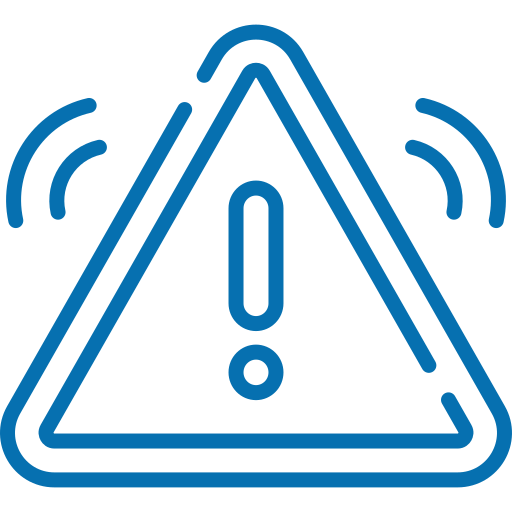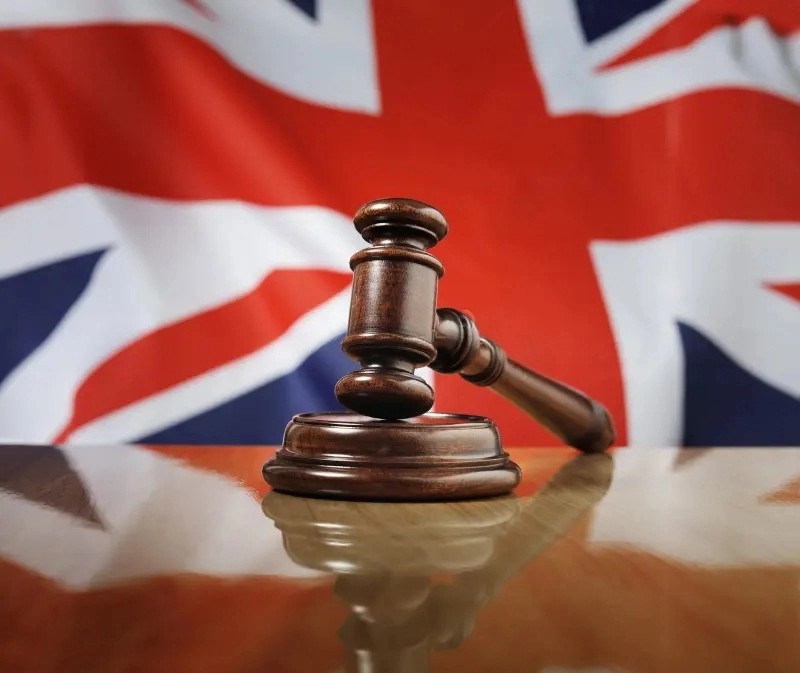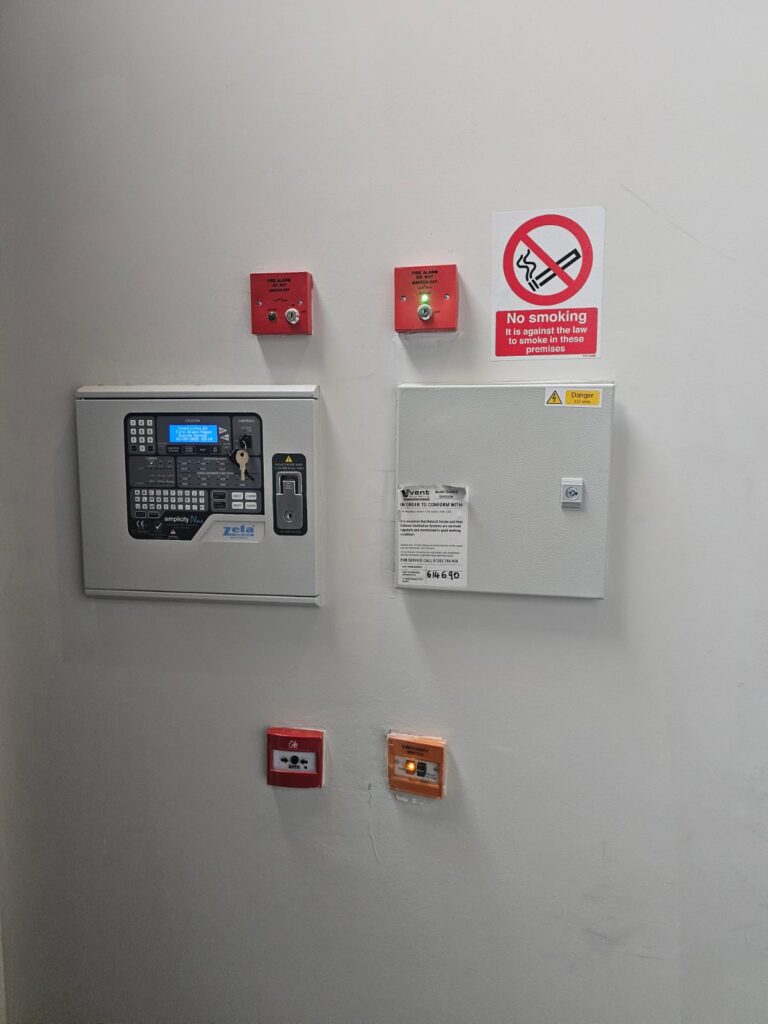Fire Risk Assessment
Starting from £100
All inclusive (No hidden Cost)
Residential FRA
Commercial FRA
The Importance of Fire Risk
Assessment Services

Safety Enhancement
Identifies potential fire hazards and vulnerabilities, protecting lives and ensuring the safety of occupants.

Legal Compliance
Complies with the Regulatory Reform (Fire Safety) Order 2005, helping businesses avoid fines and penalties.

Property Protection
Safeguards physical assets by identifying and addressing fire risks, ultimately reducing potential financial losses.

Risk Mitigation
Helps businesses implement measures to reduce fire risks, minimizing the likelihood of incidents and potential damage.

Business Continuity
By mitigating fire risks, assessments help ensure that operations can continue with minimal disruption in the event of a fire.

Insurance Benefits
Regular assessments can lead to lower insurance premiums, as they demonstrate a commitment to safety and responsible risk management.

Community Safety
Enhances the overall safety of the surrounding community by significantly reducing the risk of fire spreading to nearby properties.

Regular Reviews
Encourages ongoing evaluation and updates to fire safety measures, ensuring that policies remain effective and compliant with changing regulations.

Training and Awareness
Informs staff about fire hazards and safety protocols, fostering a culture of safety and preparedness within the organization.

Emergency Preparedness
Provides crucial information for developing effective emergency plans and evacuation procedures, ensuring quick and organized responses in case of fire.
The Importance of Fire Risk
Assessment Services
Safety Enhancement
Identifies potential fire hazards and vulnerabilities, protecting lives and ensuring the safety of occupants.
Legal Compliance
Meets legal requirements under the Regulatory Reform (Fire Safety) Order 2005, helping businesses avoid fines and legal repercussions.
Property Protection
Safeguards physical assets by identifying and addressing fire risks, ultimately reducing potential financial losses.
Risk Mitigation
Helps businesses implement measures to reduce fire risks, minimizing the likelihood of incidents and potential damage.
Business Continuity
By mitigating fire risks, assessments help ensure that operations can continue with minimal disruption in the event of a fire.
Insurance Benefits
Regular assessments can lead to lower insurance premiums, as they demonstrate a commitment to safety and responsible risk management.
Community Safety
Contributes to the overall safety of the surrounding community by reducing the risk of fire spreading to nearby properties.
Regular Reviews
Encourages ongoing evaluation and updates to fire safety measures, ensuring that policies remain effective and compliant with changing regulations.
Training and Awareness
Informs staff about fire hazards and safety protocols, fostering a culture of safety and preparedness within the organization.
Emergency Preparedness
Provides crucial information for developing effective emergency plans and evacuation procedures, ensuring quick and organized responses in case of fire.

Current UK Legislation
These legislative frameworks and regulations work together to promote fire safety across various sectors in the UK, ensuring the protection of lives and properties.
Regulatory Reform (Fire Safety) Order 2005
Under the Regulatory Reform Fire Safety Order 2005, a Fire Risk Assessment is compulsory for any business. It will be mandatory for all businesses to have Fire Risk Assessments in place.
The Housing Act 2004
Under the Fire and Rescue Services Act 2004, Fire Authorities were also given powers to serve an Improvement Notice or Prohibition Notice on a premise which contravenes the Regulatory Reform (Fire Safety) Order 2005.
Fire Safety Act 2021
Clarifies responsibilities for fire safety in multi-occupied residential buildings, emphasizing the need for comprehensive assessments.
Building Regulations 2010
Outlines fire safety requirements in building design and construction, covering aspects like fire resistance and escape routes.
What is a Fire Risk Assessment?
A fire risk assessment is a detailed process that evaluates potential fire hazards and risks within a space. While typically conducted by fire safety professionals, it can also be carried out by individuals with the right training. The assessment aims to identify fire hazards and risks and establish a plan to mitigate or eliminate them.
In the UK, a Fire Risk Assessment (FRA) systematically evaluates a building’s fire hazards, associated risks, and existing control measures. The purpose is to safeguard occupants and visitors while reducing the likelihood of fire-related incidents. The Regulatory Reform (Fire Safety) Order 2005 requires fire risk assessments for most domestic and non-domestic properties.
Fire Risk Assessment Elements
- A fire risk assessment involves identifying fire hazards, evaluating associated risks, and creating a plan to mitigate or eliminate those risks.
- Fire hazards are any materials or conditions that could ignite a fire, such as flammable liquids, electrical equipment, and cooking appliances.
- Evaluating risks related to fire hazards is crucial and involves assessing the likelihood of a fire, its potential consequences, and the space's preparedness to handle it.

- After identifying fire hazards and risks, a plan can be created to mitigate them, typically involving fire safety measures like installing alarms and establishing evacuation procedures.
- The fire risk assessment process is vital for enhancing safety by identifying hazards, assessing risks, and developing plans to prevent fire accidents and save lives.



Do You Want To Book Multiple Services?
Essential Elements of a Fire Risk Assessment
Recognizing Fire Hazards
The initial step in a fire risk assessment involves identifying fire hazards, such as faulty electrical systems, flammable materials, and heating equipment. A thorough inspection ensures all potential risks are recognized.
Risk Assessment
After identifying hazards, the next step is to evaluate risks, considering the likelihood of a fire and its potential consequences. Assigning risk levels enables organizations to prioritize responses to the most significant threats.
Individuals at Risk
Understanding the at-risk population, including employees and visitors, is vital in fire risk assessments. Identifying vulnerable individuals and planning their safe evacuation is essential for effective fire safety strategies.
Fire Safety Strategies
Effective fire safety measures, including detection and suppression systems, firefighting equipment, and evacuation procedures, are vital for risk reduction. Regular maintenance is crucial to ensure their effectiveness.
Emergency Planning
Creating a comprehensive emergency response plan is essential in fire risk assessments. This plan should detail evacuation procedures, communication strategies, and coordination with emergency services.
Education and Awareness
Educating individuals about fire safety is essential for their safety and preparedness. Regular training sessions, drills, and awareness of potential hazards help cultivate a proactive safety culture within the organization.
Testimonials
Client Rewiews
Rated highly by clients on Trustpilot for our accuracy, personalized support, and consistent results.
We’re proud to have built lasting relationships through timely service, expert assessments, and a hassle-free experience.
EXCELLENTTrustindex verifies that the original source of the review is Google. Amazing service and very quick turnaround.Trustindex verifies that the original source of the review is Google. Good service and excellent customer service.Trustindex verifies that the original source of the review is Google. Really good customer service , had conversation with Sara and she handled my request for urgent Fire Risk inquiry well. They did good job and reasonable rates.Trustindex verifies that the original source of the review is Google. Booked them Epc and they did good job with great service.Trustindex verifies that the original source of the review is Google. Great service and really good customer service Will use them again definitely.
Why Choose Us for Fire Risk Assessment
Our qualified professionals have extensive experience in fire safety, ensuring comprehensive evaluations tailored to your property’s needs.
We ensure all fire safety measures meet current UK legislation, helping you avoid legal issues and penalties.
Our assessments are tailored specifically to your property, identifying potential hazards and providing actionable recommendations for enhanced safety.





